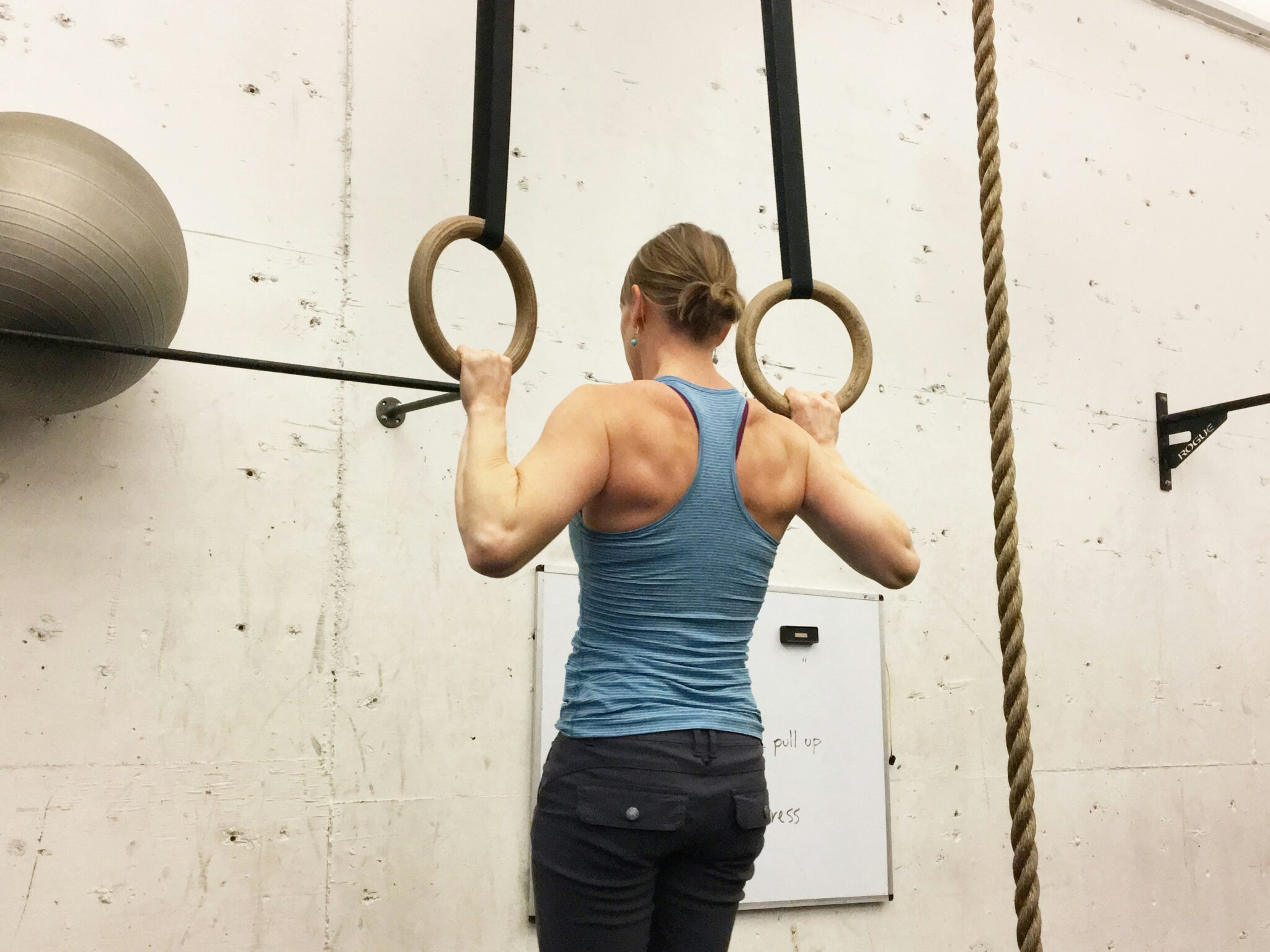The relationship between weightlifting and running may initially seem contradictory, with one emphasizing strength and the other endurance. However, these two forms of exercise can complement each other, fostering a holistic approach to fitness. In this article, we explore how weightlifting positively influences running performance, examining the benefits and considerations for incorporating strength training into a runner’s routine.
Increased Strength and Power:
- Muscular Endurance:
- Weightlifting builds muscular endurance, a crucial element for runners covering long distances. Strengthening the muscles involved in running, such as the quadriceps, hamstrings, and calves, contributes to sustained performance during a run.
- Explosive Power:
- Incorporating explosive movements like squats, deadlifts, and power cleans into a weightlifting routine enhances overall power. Improved power translates to more efficient and forceful strides during running, particularly in uphill or sprinting scenarios.
Injury Prevention and Joint Stability:
- Muscular Imbalance Correction:
- Weightlifting helps address muscular imbalances that may arise in runners. Strengthening opposing muscle groups, such as the quadriceps and hamstrings, can prevent overuse injuries and promote joint stability.
- Joint Support:
- Building strength in the muscles surrounding joints, including the hips and knees, provides additional support. This can be especially beneficial for runners, as joint stability is crucial for maintaining proper form and preventing injuries.
Improved Running Economy:
- Efficient Stride Mechanics:
- Weightlifting contributes to improved running economy by enhancing stride mechanics. Strengthening the core and lower body muscles enables runners to maintain proper form and minimize energy wastage during each stride.
- Reduced Oxygen Cost:
- Increased muscle strength and power can lead to reduced oxygen consumption during running. This improved efficiency allows runners to cover longer distances or maintain a faster pace with less fatigue.
Enhanced Speed and Sprint Performance:
- Sprint Acceleration:
- Weightlifting exercises like squats and lunges develop the muscles responsible for acceleration. This can be advantageous for runners during sprints or when increasing speed during a race.
- Fast-Twitch Muscle Activation:
- Incorporating explosive movements activates fast-twitch muscle fibers. These fibers play a crucial role in sprinting and high-intensity running, contributing to faster acceleration and improved race performance.
Recovery and Injury Rehabilitation:
- Faster Recovery:
- Weightlifting promotes blood circulation and aids in the removal of metabolic byproducts, contributing to faster recovery between running sessions. Active recovery through weightlifting can help prevent overtraining and reduce the risk of burnout.
- Injury Rehabilitation:
- Weightlifting can be used as part of a rehabilitation plan for running-related injuries. Strengthening specific muscle groups can aid in the recovery process and reduce the likelihood of re-injury.
Considerations and Recommendations:
- Balanced Integration:
- Integrate weightlifting gradually into your running routine to allow your body to adapt. Avoid sudden increases in intensity to minimize the risk of overtraining.
- Focus on Form:
- Prioritize proper form during weightlifting exercises to avoid injury. Consult with a fitness professional or trainer to ensure that your weightlifting routine complements your running goals.
- Periodization:
- Implement a periodization approach that alternates between running-dominant phases and strength-training phases. This allows for targeted training and adequate recovery in each domain.
- Individualization:
- Tailor your weightlifting routine to address specific weaknesses or imbalances identified through a running analysis. Individualized training plans optimize the benefits for your unique running style and goals.
Conclusion:
Embracing the synergy between weightlifting and running can elevate your overall fitness and performance. The benefits of increased strength, power, and injury prevention contribute to enhanced running economy and speed. By strategically incorporating weightlifting into your training regimen and paying attention to proper form and recovery, you can unleash your full potential as a runner. As with any fitness journey, individualization and a balanced approach are key to achieving optimal results.



